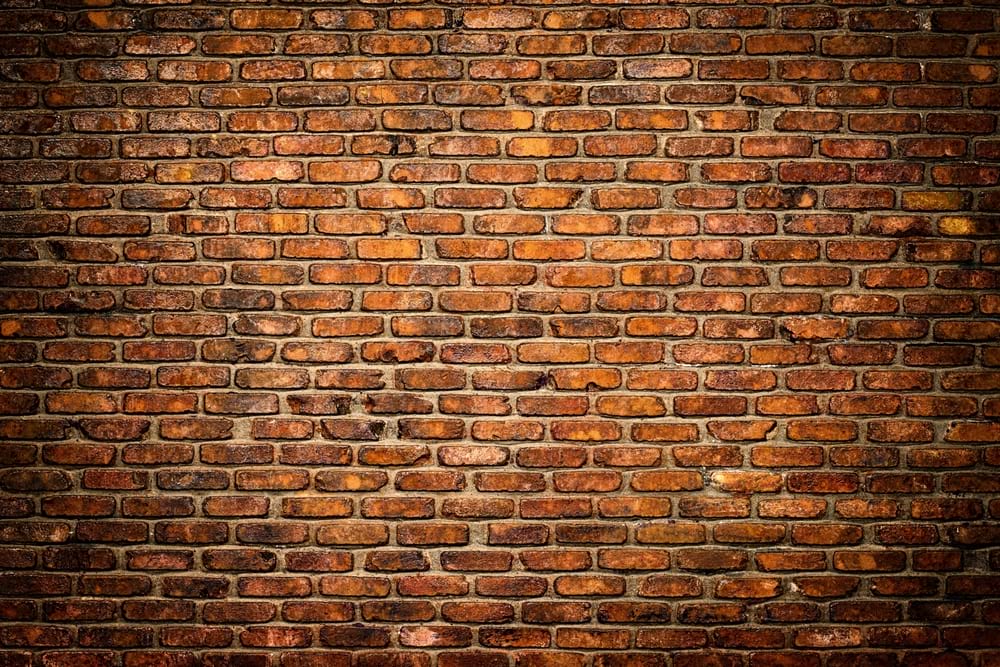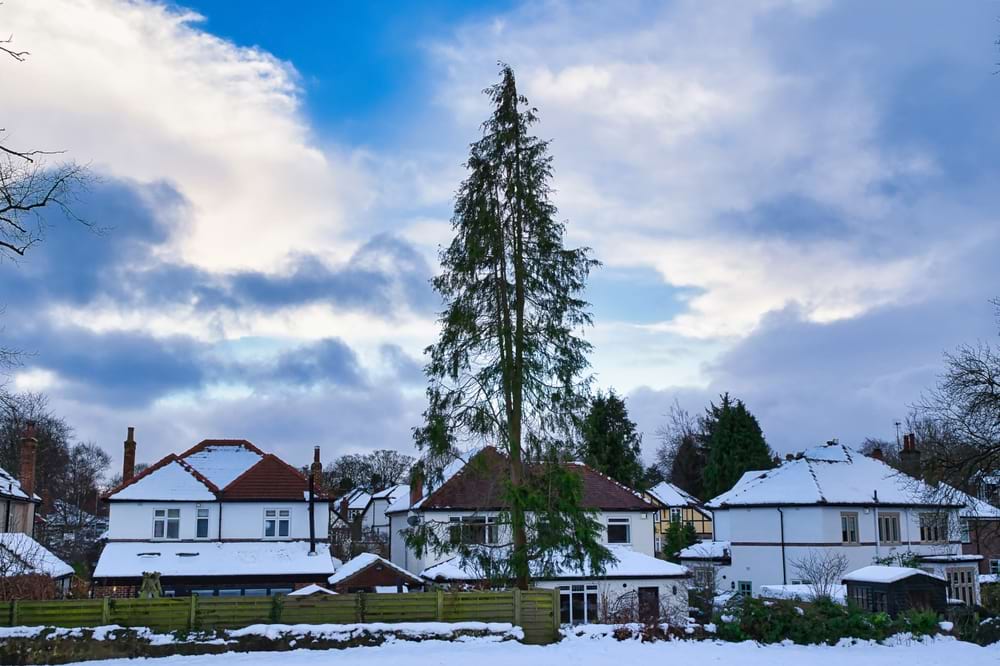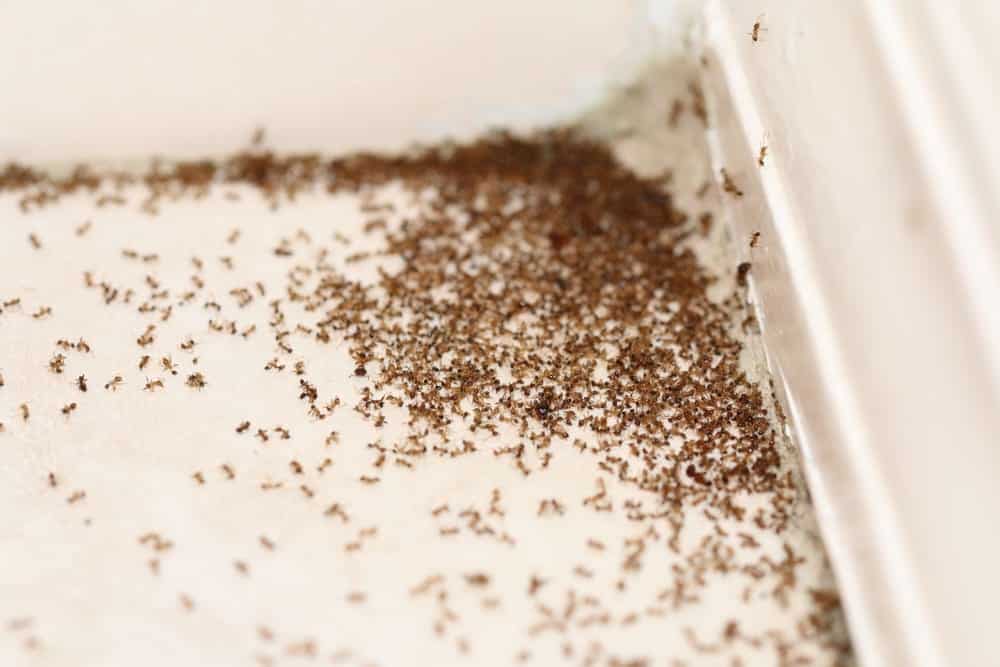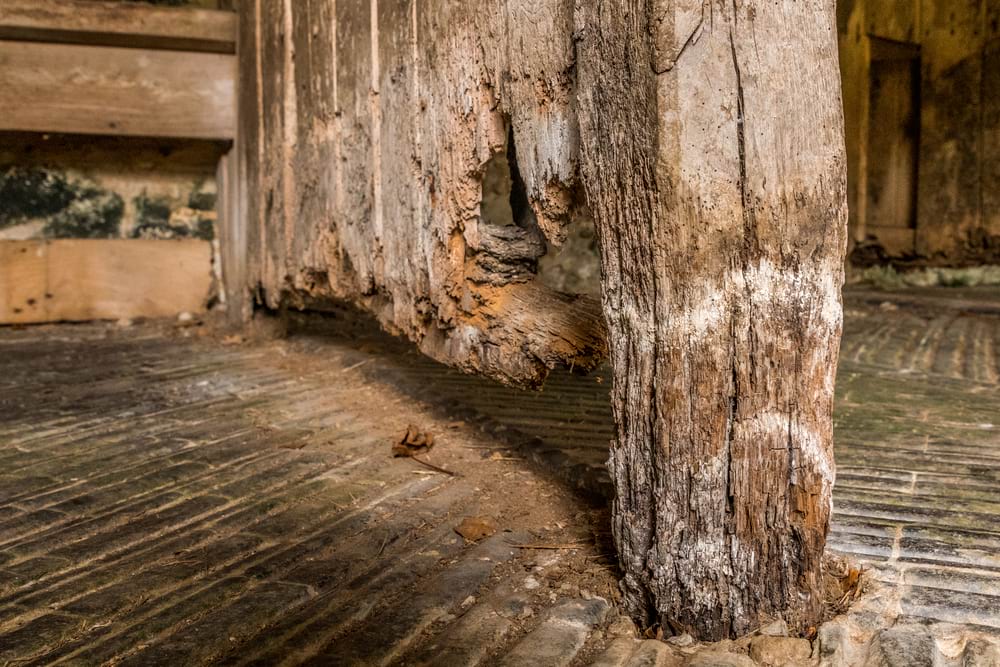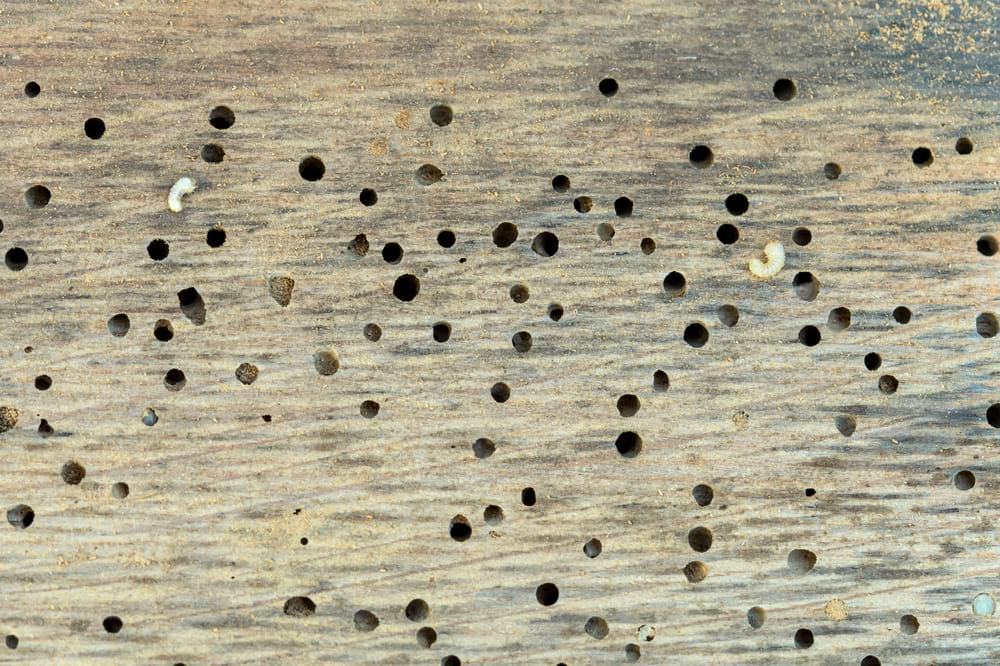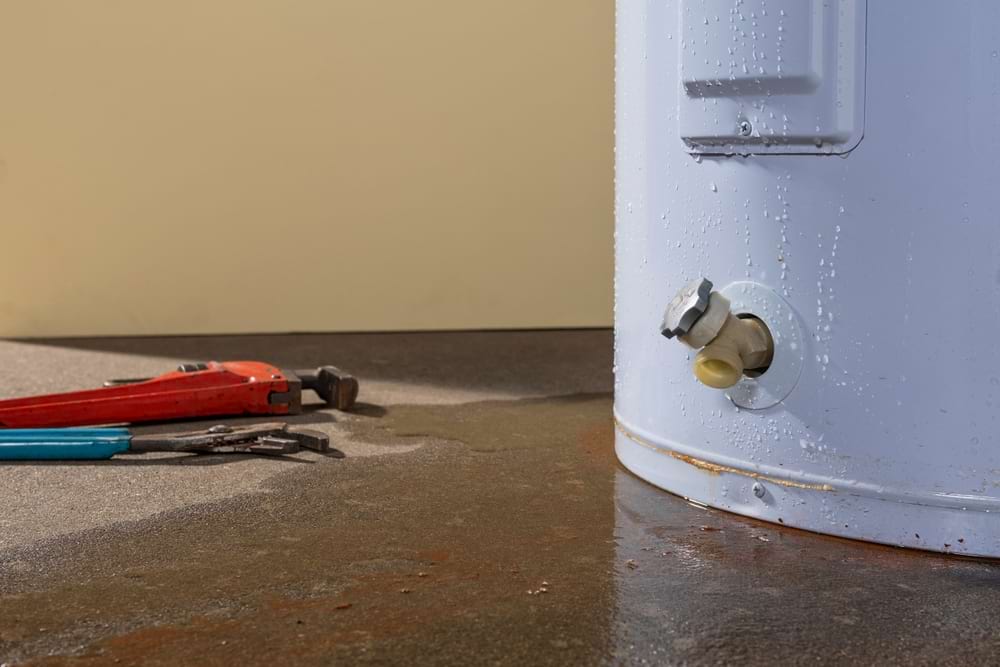House pests come in many forms, from fungi to rodents.
One of the former category is wet rot.
If left unchecked, it can seriously damage your property’s structural integrity.
We’ve explained what it is and how to remove it below.
What wet rot is & looks like
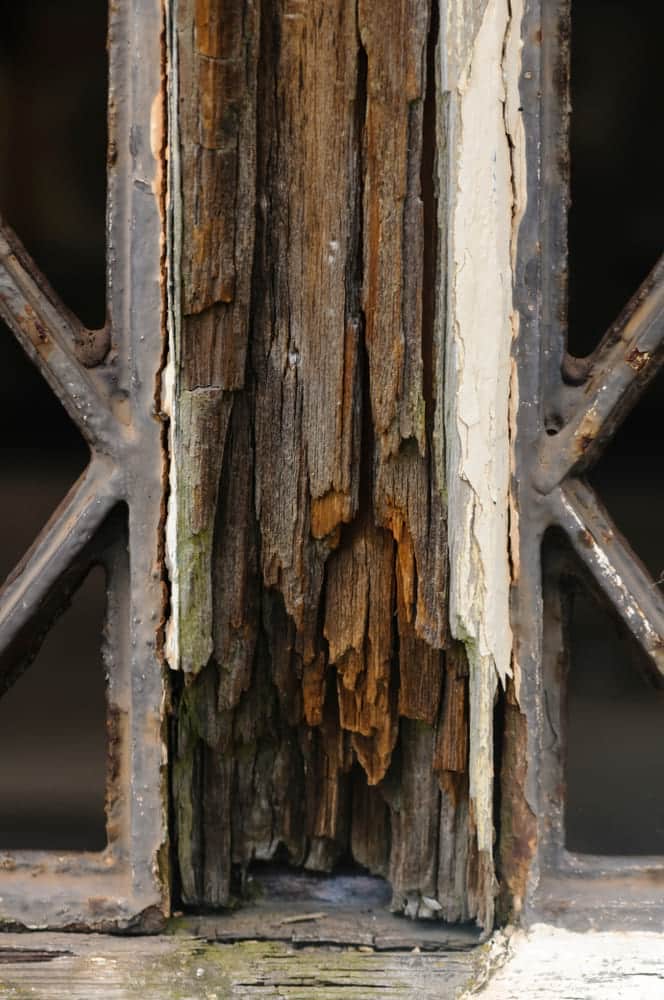
Wet rot is the generic name for a few types of fungi that damage timber, including Coniophora puteana (also known as cellar fungus) and Choanephora cucurbitarum.
It first discolours timber, often to a yellowish-brown or reddish-brown.
There may also be a damp smell and clear fungal growth.
Later, the wood may start to flake or shrink as it turns soft and spongy.
Wet rot is ultimately caused by high moisture levels, which can be attributed to several factors (see below, ‘Wet rot causes’).
If left unchecked, it can cause homes to fall into very bad condition.
Wet rot vs dry rot
Wet rot is not the same thing as dry rot.
Wet rot requires a moisture content of approximately 50% to thrive, whereas dry rot only needs 20%.
And wet rot tends to stay localised in a specific place, but dry rot can spread.
Wet rot causes
Water leaks
Wet rot could be a sign that you’ve got a water leak in your house.
This contributes to extremely high moisture levels, in which wet rot will thrive. Plumbing issues related to pipes or leaking valves are common examples.
Terrible ventilation
Your house will have much higher moisture levels when the ventilation is poor.
This is caused by a lack of clean air entering the space.
For example, if you don’t open your windows, or if there aren’t any fans circulating the air.
Environmental factors
Environmental factors can influence the moisture levels in your home. Excessive rainfall and/or flooding may create a water-related problem.
High humidity during the summer months can contribute to higher moisture levels, especially if the room is not ventilated.
You may be surprised to learn that certain household plants can add to the moisture in a room.
Insufficient insulation
Condensation can create moisture in your house, and one of the leading causes of this is poor insulation.
Where is wet rot found?
Parts of property
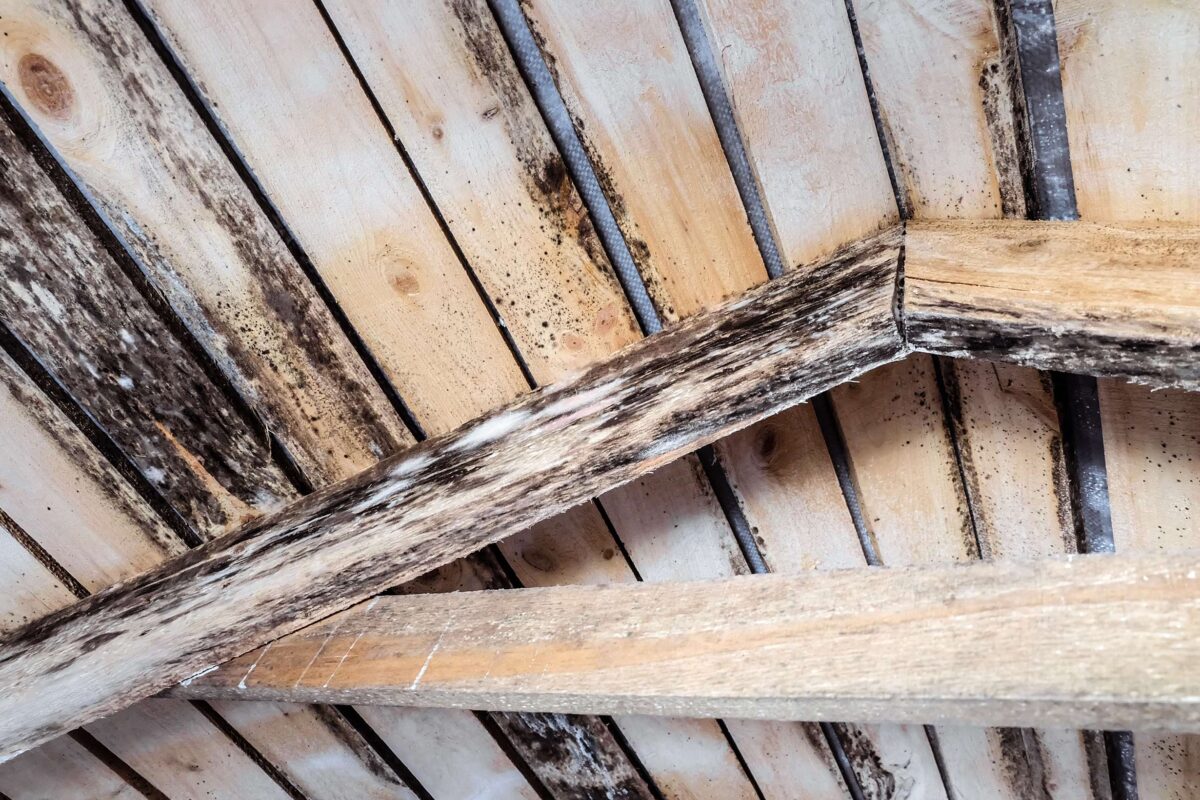
Wet rot forms on timber, which itself is often found in:
- Roofs
- Lofts
- Basements
- Under floorboards
- Behind skirting boards.
Amongst other places.
Types of property
Wet rot is more likely to appear in older properties, especially those with timber frames, due to lack of ventilation.
However, it’s more commonly found in newer properties simply because there are more newer properties around.
Steps to take when you find wet rot
1. Consider whether removal is needed
Sometimes, it’s not necessary to cut out the affected timber.
In minor instances, when the wood retains its strength, you may be able to recover it.
This involves isolating the area from the source of the damp. It then requires ample time and ventilation to dry naturally.
2. Cut out the affected wood
If the section of wet timber cannot be dried, it needs to be removed. A specialist will have the equipment to execute this correctly.
3. Replace the area with fresh timber
New timber will be placed in the affected area. This should be pre-treated with epoxy resin or another equivalent material.
4. Treat the area
The area surrounding the wet rot may also have been affected.
This means that it should be treated with a wood hardening agent, along with a preservative.
Once again, your specialist should have all the necessary materials to complete this task.
5. Take steps to ensure it never happens again
Once the above steps are followed, you need to commit to reducing the moisture levels in the area.
This ensures that it never happens again.
Find out what caused the high moisture levels. Is there a water leak, or is ventilation in the area terrible? Then, take steps to fix this.
Wet rot and property value
Wet rot will reduce the value of your property.
However, the exact extent of this value loss depends on whether it’s caused structural damage or not.
A typical 10% reduction in value occurs when wet rot is present. This is usually on the condition that it isn’t causing major structural problems.
The buyer reduces their offer to compensate for the time and money spent on fixing it.
Meanwhile, a 20% or more reduction in offer happens when there’s a structural issue.
This means that the wet rot has been left untreated for a considerable amount of time.
It could pose a safety issue and potentially a bank refusing to lend a mortgage on it.
If this happens, selling to an auction house or a cash buyer might be an ideal solution.
